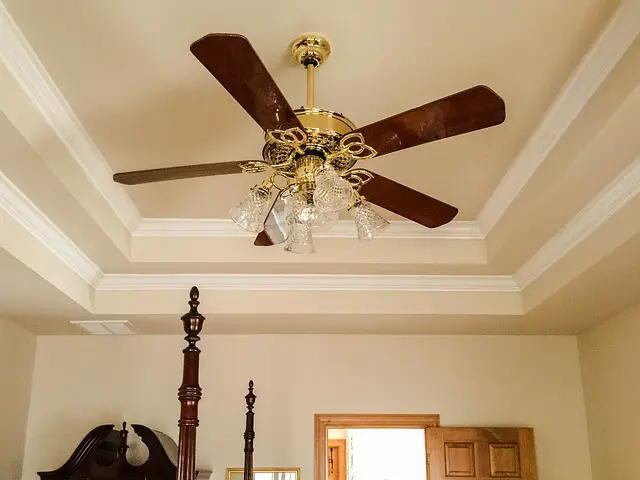The key distinction between chattels and fixtures lies in their attachment to the property. Chattels are moveable personal belongings, fixtures become part of the real estate once they are affixed or attached.
TL;DR Chattel Vs. Fixture
Chattels are movable assets that can be easily transported from one location to another. They include items such as furniture, appliances, vehicles, and personal belongings.
Fixtures are objects that were once chattels but have become permanently affixed or attached to land or buildings in a way that they cannot be easily removed without causing damage.
What is a chattel?

Chattels are often considered movable objects because they aren’t permanently attached to land or buildings. They have their own independent existence and can be bought, sold, or even gifted without affecting the real estate they occupy. Essentially, if it’s not nailed down (or bolted for that matter), chances are it falls under the category of a chattel.
What is a fixture?

A fixture refers to an item that is attached or affixed to a property in a way that it becomes part of the property itself. It essentially becomes immovable and is considered as real estate. Fixtures are typically included when selling or transferring ownership of a property.
Fixtures can vary greatly, from built-in bookshelves and light fixtures to plumbing systems and heating units. These items are permanently installed and cannot be easily removed without causing damage to the property.
Examples of chattels
- Furniture: Tables, chairs, sofas, beds, and cabinets that are not permanently attached to the property.
- Electronics: TVs, computers, laptops, and home audio systems.
- Appliances: Refrigerators, washing machines, microwaves, and ovens.
- Clothing: Clothing items like shirts, pants, dresses, and shoes.
- Personal Belongings: Books, jewelry, artwork, and collectibles.
- Vehicles: Cars, motorcycles, bicycles, and boats.
- Portable Tools: Handheld power tools, gardening equipment, and sports equipment.
Chattels are movable and not considered a permanent part of the real property (land or building). They can be easily removed and taken with the owner when they move to a new location.
Examples of fixtures
- Light Fixtures: Ceiling lights, chandeliers, and wall sconces that are permanently attached to the property.
- Built-In Cabinets: Cabinets, shelves, and closets that are part of the property’s structure.
- Plumbing Fixtures: Sinks, toilets, bathtubs, and showers that are fixed to the property’s plumbing system.
- Built-In Appliances: Stoves, ovens, dishwashers, and built-in refrigerators.
- Window Treatments: Window blinds, curtains, and drapes that are attached to the property’s windows.
- Ceiling Fans: Fans that are mounted to the ceiling and wired into the property’s electrical system.
- Heating and Cooling Systems: HVAC units and thermostats that are permanently installed.
Fixtures are items that were once chattels (movable personal property) but have become permanently attached to the real property (land or building).
They are considered part of the property and cannot be easily removed without causing damage or altering the property’s structure.
The difference between a chattel and a fixture in the eyes of the law
In the eyes of the law, the main difference between a chattel and a fixture lies in their classification as real property or personal property:
Chattel: Chattel refers to movable personal property that is not permanently attached to the land or building. It includes items that can be easily taken with the owner when they move to a new location.
Chattels are considered personal property, and ownership can be transferred independently of the real property (land or building).
Fixture: A fixture is an item that was once chattel but has become permanently attached to the real property. It is considered part of the real property and is no longer treated as movable personal property.
Ownership of fixtures is tied to the real property itself, and it cannot be easily removed without causing damage or altering the property’s structure.
The distinction between chattels and fixtures is essential in property law, particularly in real estate transactions, as it affects the rights of the parties involved, including buyers, sellers, and lenders.
Determining whether an item is a chattel or a fixture may involve factors such as the method of attachment, the intent of the parties, and the degree of permanence of the item on the property.
Image Credits
Featured Image By – Ferenc Keresi from Pixabay
Image 1 By – Pexels from Pixabay
Image 2 By – JamesDeMers from Pixabay









